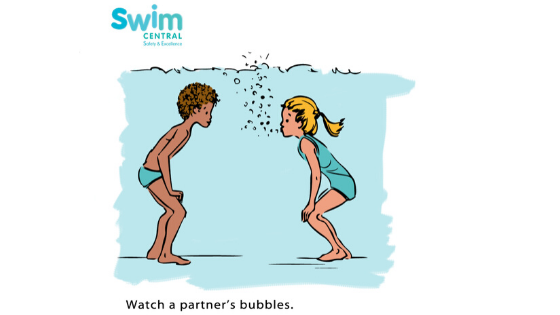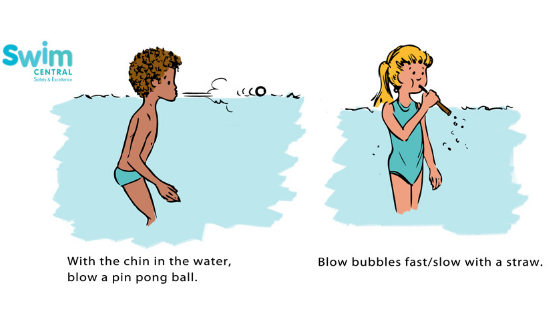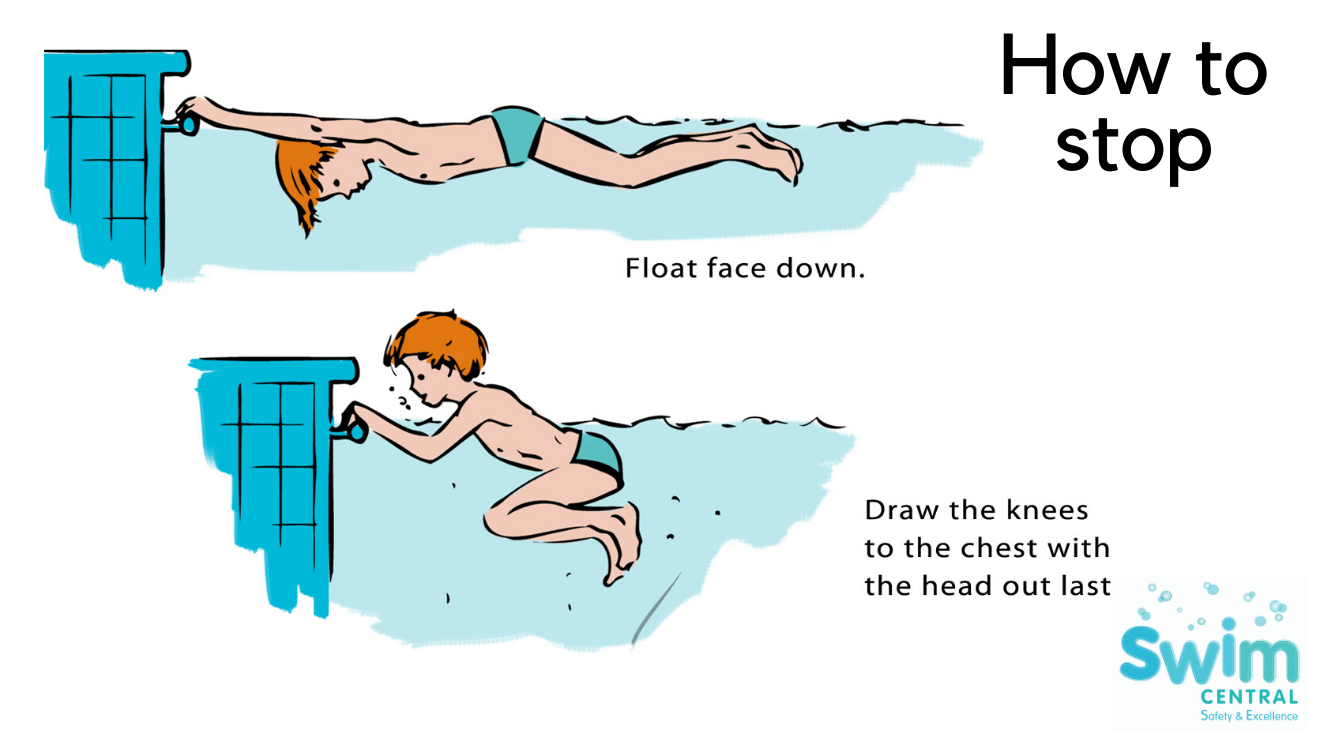Swimming basics: Floating on the back in shallow water
Stage 1
Floating on the back requires keeping balanced and relaxed at the same time—not always easy for beginners! But it’s an important foundational skill for both the advanced strokes and for safety. Floating on the back in shallow water lets swimmers ease into position at their own pace while keeping control of their body and breathing.
To give it a go, a swimmer should:
- Have access to very shallow water, such as a beach-entry pool
- Feel comfortable with water around the head and ears
- Understand a bit about of how the water will support their body
Relaxing the shoulders and tilting the chin up will help with floating. Folding the body in on itself will make it sink!

Our Guide to Floating on the Back in Shallow Water
- Sit on the pool floor, legs in front and knees slightly bent
- Put hands flat on the pool floor on either side of hips
- Lean back onto elbows and stretch knees out
- Tilt the head back and chin up until ears are submerged
- Push the body up to the surface of the water with hands
Body Position

- Once you’re able to push your body up to the surface…
- Walk your fingers out a bit wider away from your body
- Point your toes away from each other
- Push your tummy button up to the ceiling
- Let your hands come off of the pool floor
You’re floating!
Practicing with children?
- Have a splash around first to get the head wet so it’s not a shock when they lean back the first time.
- Sit side by side and practice getting into position together.
- Make it fun: Pretend you’re starfish on the beach or a sunflower opening up to get some sunshine!
Mastered Floating on the Back in Shallow Water? Why not try the Star Float on the Front?
Finding this skill tricky? Have a go at Blowing Bubbles.






